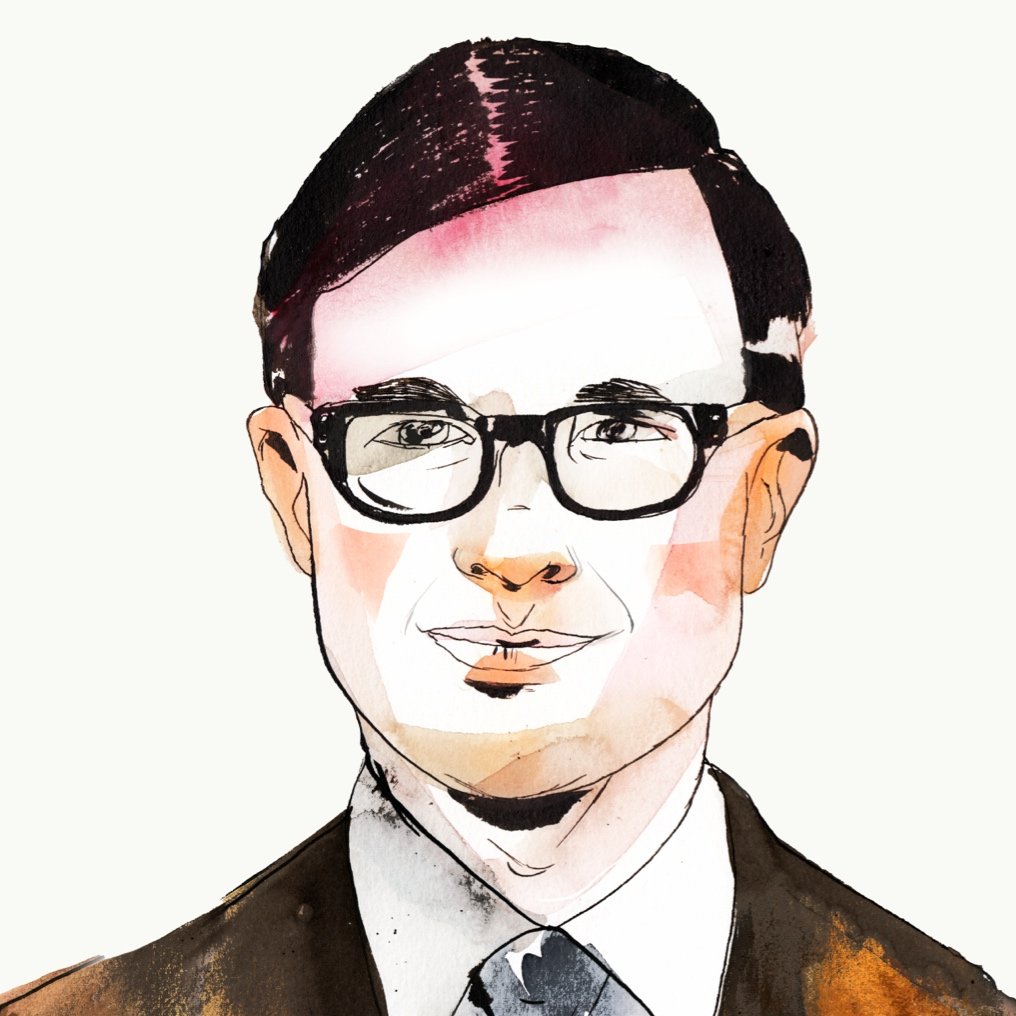When a reporter recently called me for comment on the Vatican investigation of American women religious, I told him that it was too little too late. The feelings surrounding the inquiry are intense, but the stakes are notably small. Those orders under scrutiny—ones that have given up the habit, communal life, and strict prayer, often out of a laudable desire to promote social justice—are in painful decline. Arguments over their choices grow more irrelevant by the day. Other orders that have embraced old disciplines like singing the Divine Office, performing manual labor, and wearing the habit have fared much better.
The habit seems to be a particularly important factor for the success of religious communities. A 2009 survey conducted by the Center for Applied Research of the Apostolate found that two-thirds of new members had joined religious orders that wore habits. The authors concluded:
Having a religious habit was an important factor for a significant number of new members. Interviews with vocation directors also suggest that many who are inquiring into religious life are looking for the possibility of wearing a habit even in those institutes in which few, if any, members regularly do so.
In the 1970s, as many orders were shedding the habit, communications theorist Marshall McLuhan argued for its ongoing importance. He believed that television had promoted an image-based culture where visual communication was especially important. In a number of interviews and essays included in his book The Medium and the Light, he argues that Christians therefore must find everyday visual ways of expressing their distinctness from society:
The need for participation in groups and social forms always requires some code whether verbalized or in the form of costume and vestment, as a means of involvement in common action. . . . What the young are obviously telling us is this: we want beards, we want massive costumes and vestments for everybody. We do not want of this simple, plain, individual stuff.
If anything, McLuhan argued, our time calls for more distinctive, more extreme forms of religious dress. “The same youngsters who detest the cop in his ordinary attire admire and imitate the motorcycle cop . . . in his more spectacular costume.” This, McLuhan said, “may offer a cue to each religious that it may be the wrong time to dim down clerical attire just when something very ‘far out’ and very unconventional may be needed.”
Last year, the New York Times reported on the growth of Dominican vocations in Ireland, giving credit to the habit: “Once, his medieval robes may have deterred some. But today he is convinced that the garment is his greatest selling point for enlisting new priests. Other religious orders largely stopped wearing their traditional garb in recent years, as they tried to attract new followers in secularizing societies. But the friars deliberately went on wearing the robes and promoting the spiritual benefits of shared prayer and a communal lifestyle.”
The Church still seems unsure of how best to evangelize post-Christian societies. Should we stress or suppress what makes us distinctive? Keeping in mind Pope Francis’s witness against the ongoing power of this world’s prince, we would do well to heed McLuhan’s warning that “There is no possibility of returning to private dress for those who are awake to the need for hostility to the values of the world.”
Matthew Schmitz is deputy editor of First Things.

